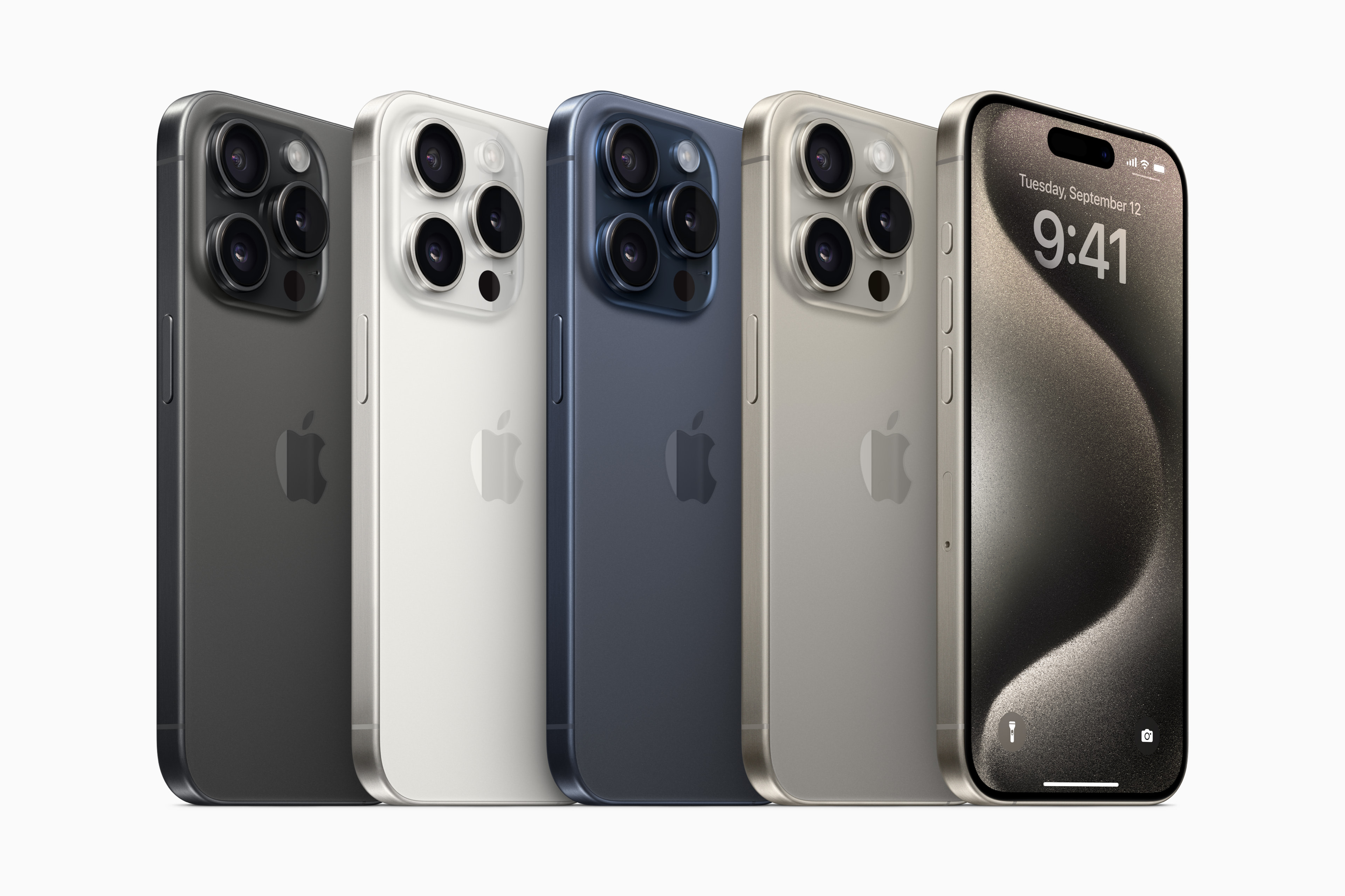One of the biggest innovations of the iPhone 15 Pro and 15 Pro Max is the use of titanium in its frame, where this luxurious material from which space rockets are made is supposed to be extremely durable and light. It replaced the old known steel, which has the disadvantage of being heavy. But as the first drop tests show, there is not much to stand for in the new generation.
Those who have the heart for it have already subjected the new iPhones to drop tests. It's not very scientific, but it often shows how an iPhone can actually be damaged after a fall. However, the titanium novelty does not come out very well, and it gives an indication that the titanium frame is not everything. You still need to consider that the front and back are covered by glass, and that is the most susceptible to any damage.
In a direct comparison with last year's generation, i.e. the iPhone 14 Pro, it looks like the novelty is more susceptible to overall damage due to the rounder edges, and the titanium frame does nothing to prevent it. So it might sound like a power upgrade where Apple needed to show something new and different, so here we have a new material as well as a slightly altered design. Titanium is quite stiff and the impact extends to other areas of the device where of course glass is offered directly. According to the test, the iPhone 14 Pro clearly wins.
But there is no need to hang your head. This is the first and by no means professional and rather random test, so the others may turn out in favor of the novelty. At the same time, we have a whole range of protective covers in which most of us dress our phones anyway, and then, if the worst really happened, Apple at least made spare parts cheaper.
It could be interest you

The standard of resistance
Believe it or not, there are also given specifications of different resistances in the world. One of the most famous is the military MIL-STD-801G. Without delving into the 100-page manual, which covers almost every possible test, it mentions that to optimally determine durability, it's ideal to do five repeat tests, not the one you might see in the first crash test. It is also a matter of controlled circumstances, so that the situation is always simulated in the same way, which does not apply here either. It clearly follows that there is no need to immediately fear that your titanium iPhone will fly to pieces after the first drop.











 Adam Kos
Adam Kos
So why aren't space vehicles made of steel? Probably because titanium is more durable?